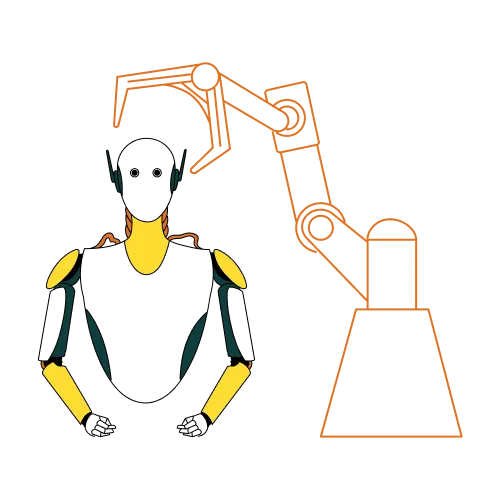Step 1 – Plan focus blocks before the week starts
Reserve two-hour windows in your calendar at least three times a week. Treat them like external meetings: immovable unless the building is on fire.
Step 2 – Define one high-impact objective per block
Enter the session knowing exactly what “finished” looks like: a draft email series, an analysed report, a storyboard. Vague goals invite drifting.
Step 3 – Build a distraction moat
- Silence notifications or use ‘do not disturb’.
- Close extra tabs; keep only required docs open.
- Inform colleagues you are dark for the slot; offer a post-block check-in time.
Step 4 – Batch shallow work separately
Allocate a later “communication hour” for email replies, quick Slack answers, and meeting scheduling. People learn to expect responses at those times, reducing mid-block interruptions.
Step 5 – Use rituals to enter focus faster
Start each session with the same cue: a particular playlist, a brewed coffee, clearing your desk. Repetition trains the brain to drop into concentration quickly.
Step 6 – Track and review
Log every deep-work session: date, goal, outcome. Review weekly if blocks slip or produce little, identify the disruptor (poor scoping, external meetings, unclear priorities) and adjust.
Practical tips for specific B2B roles
In-house growth marketer
- Shield morning hours for funnel analysis before meetings flood the afternoon.
- Present deep-work outcomes in the weekly scorecard: “Built cohort report; uncovered 18 % churn spike in trial users.”
Agency account lead
- Group client calls after 14:00 and protect 10:00–12:00 for creative or media-plan drafting.
- Use a shared tracker so team-mates see when you are in focus mode and log questions for later.
Freelancer
- Combine time-tracking with deep-work logs to show clients exactly when high-value work happens; reinforces billing transparency.
- Record a quick Loom at block end to summarise progress stakeholder management without breaking concentration earlier.
Common pitfalls to avoid
- Overscheduling deep work – four back-to-back blocks lead to mental fatigue; two quality sessions beat eight tired hours.
- Undefined tasks – “work on campaign” is too broad; specify “write LinkedIn ad copy variations”.
- Caving to urgent-but-not-important pings – remember the Eisenhower matrix: urgent requests that can wait still belong outside focus time.
Cultivating deep work is the highest-leverage productivity change I recommend. Protect the calendar, narrow the goal, and let your best thinking drive growth instead of drowning in noise.

.webp)


%2520(1).webp)






